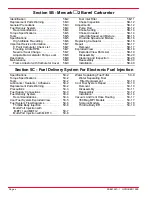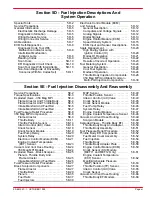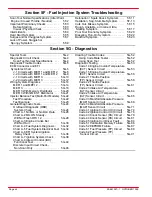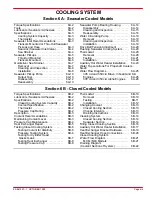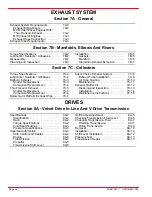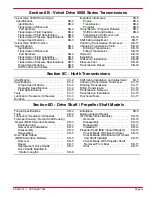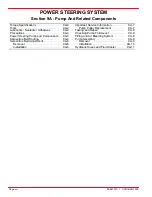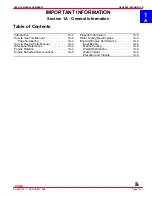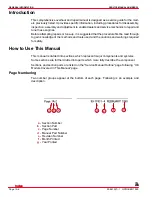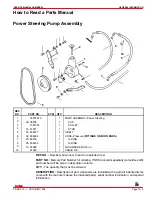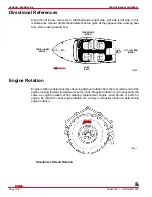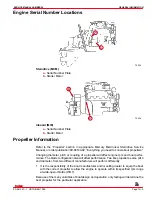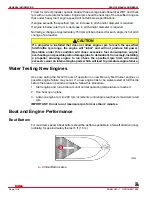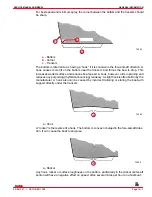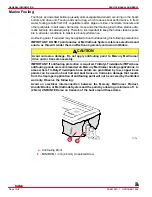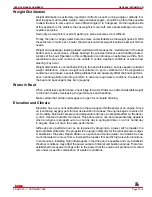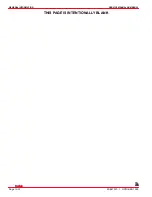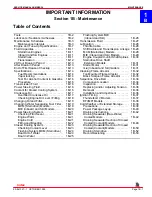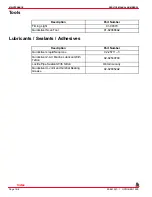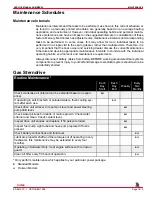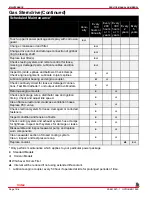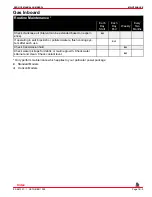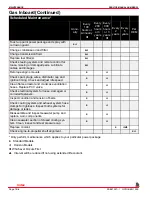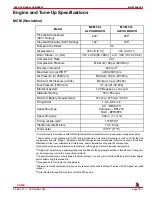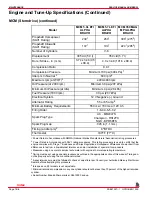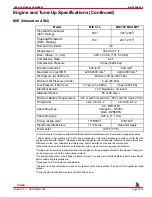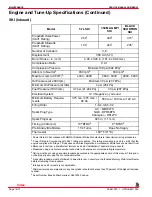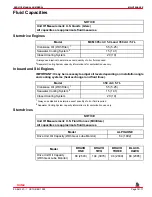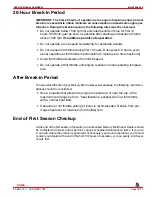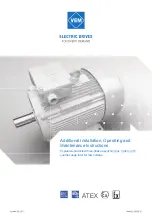
GENERAL INFORMATION
SERVICE MANUAL NUMBER 24
Page 1A-8
90-861327--1 OCTOBER 1999
Marine Fouling
Fouling is an unwanted build-up (usually animal-vegetable-derived) occurring on the boat’s
bottom and drive unit. Fouling adds up to drag, which reduces boat performance. In fresh
water, fouling results from dirt, vegetable matter, algae or slime, chemicals, minerals and
other pollutants. In salt water, barnacles, moss and other marine growth often produce dra-
matic build-up of material quickly. Therefore, it is important to keep the hull as clean as possi-
ble in all water conditions to maximize boat performance.
Antifouling paint, if required, may be applied to boat hull observing the following precautions.
IMPORTANT: DO NOT paint anodes or MerCathode System reference electrode and
anode, as this will render them ineffective as galvanic corrosion inhibitors.
CAUTION
Avoid corrosion damage. Do not apply antifouling paint to Mercury MerCruiser
drive unit or transom assembly.
IMPORTANT: If antifouling protection is required, Tri-Butyl-Tin-Adipate (TBTA) base
antifouling paints are recommended on Mercury MerCruiser boating applications. In
areas where Tri-Butyl-Tin-Adipate base paints are prohibited by law, copper base
paints can be used on boat hull and boat transom. Corrosion damage that results
from the improper application of antifouling paint will not be covered by the limited
warranty. Observe the following:
Avoid an electrical interconnection between the Mercury MerCruiser Product,
Anodic Blocks, or MerCathode System and the paint by allowing a minimum of 1 in.
(26mm) UNPAINTED area on transom of the boat around these items.
71176
a
b
a -
Antifouling Paint
b -
MINIMUM 1 inch (26 mm) Unpainted Area.
Index
Index

